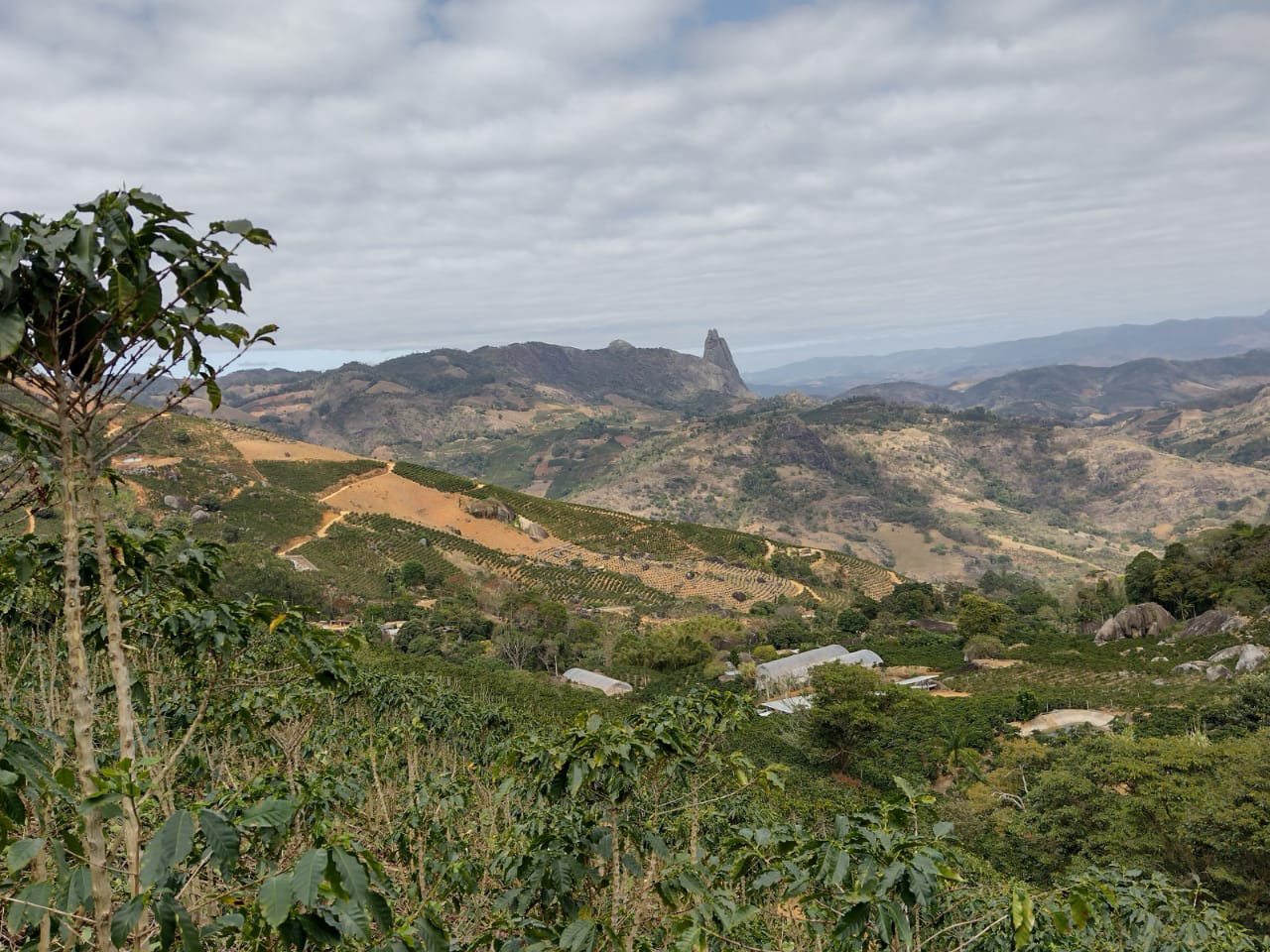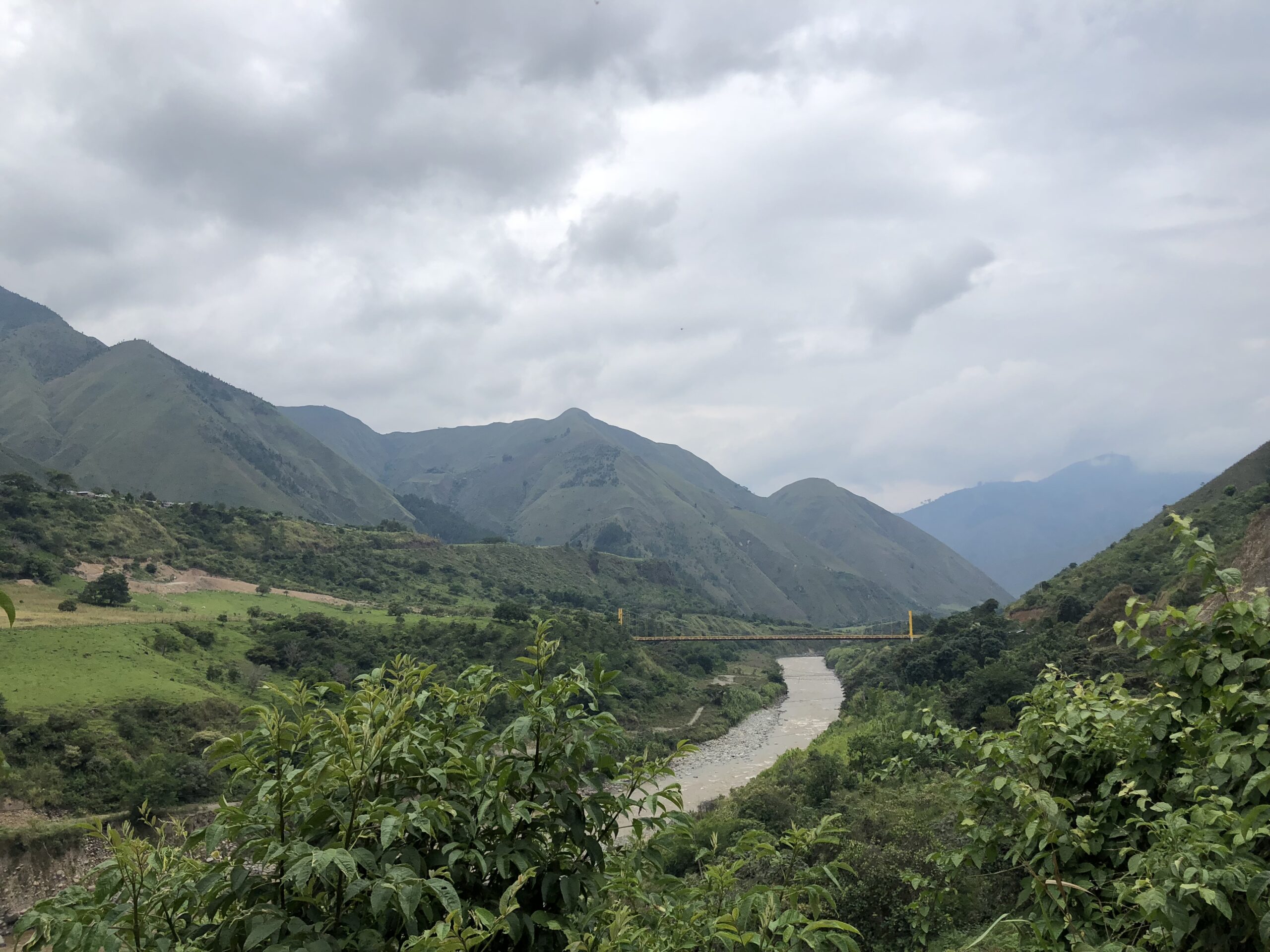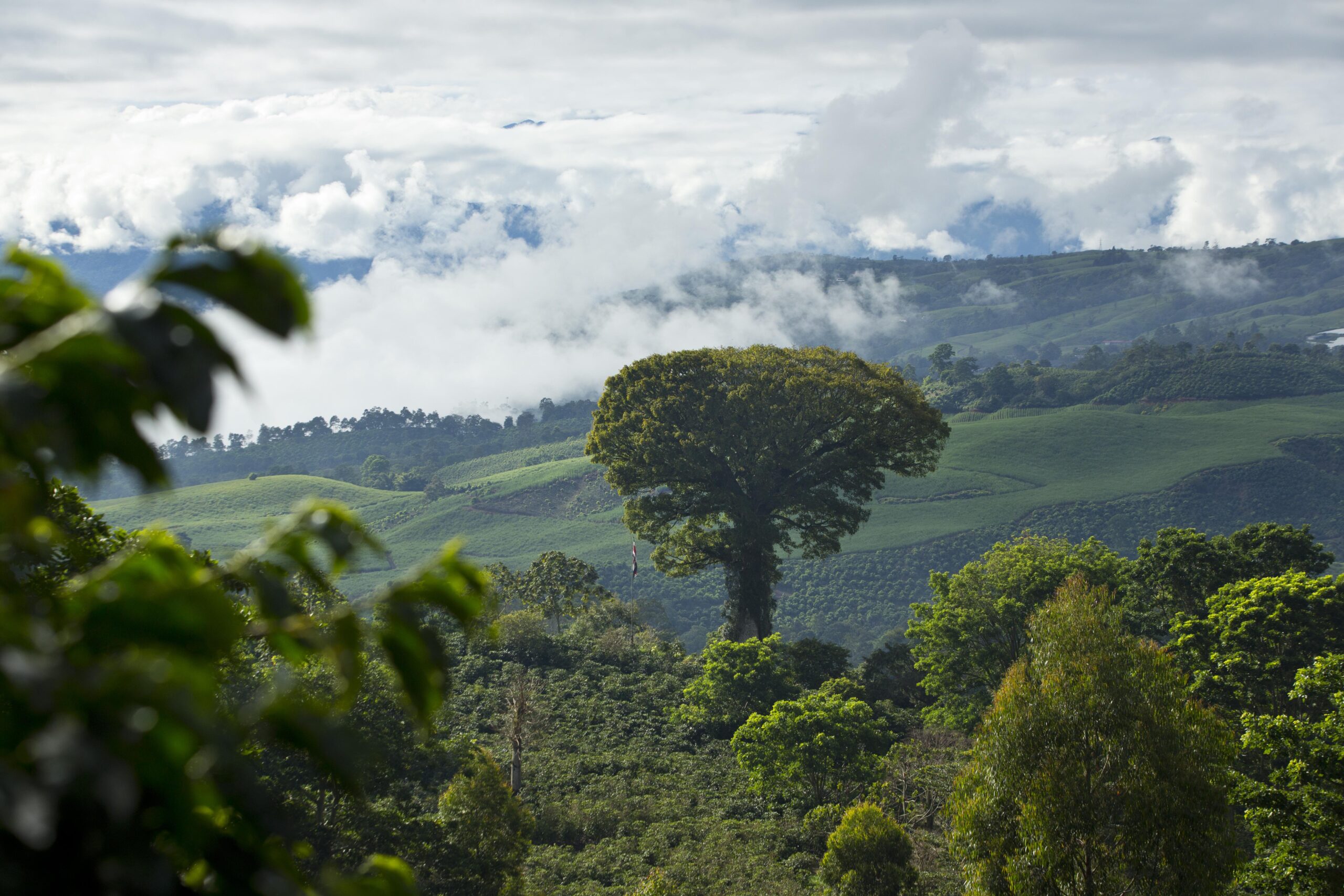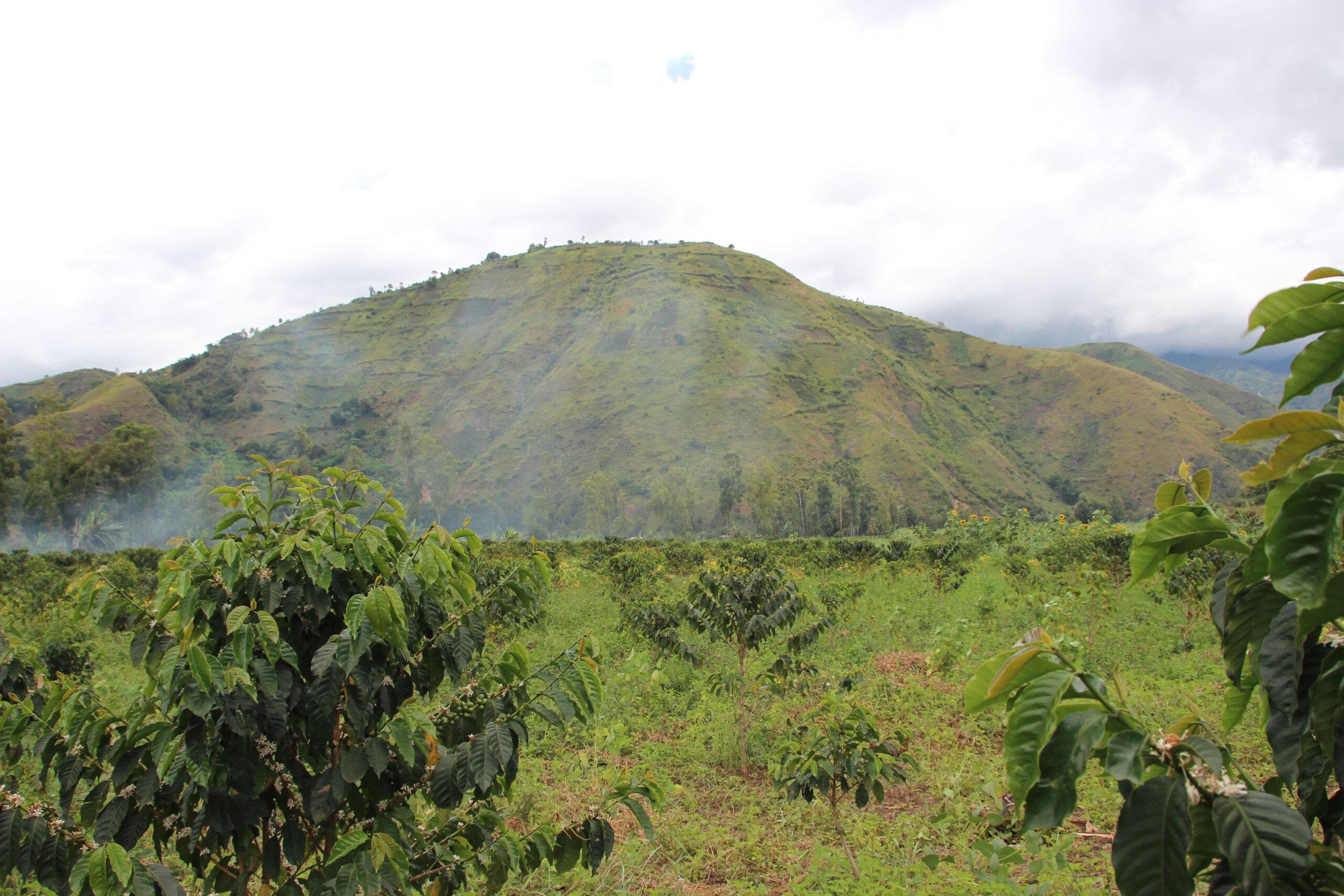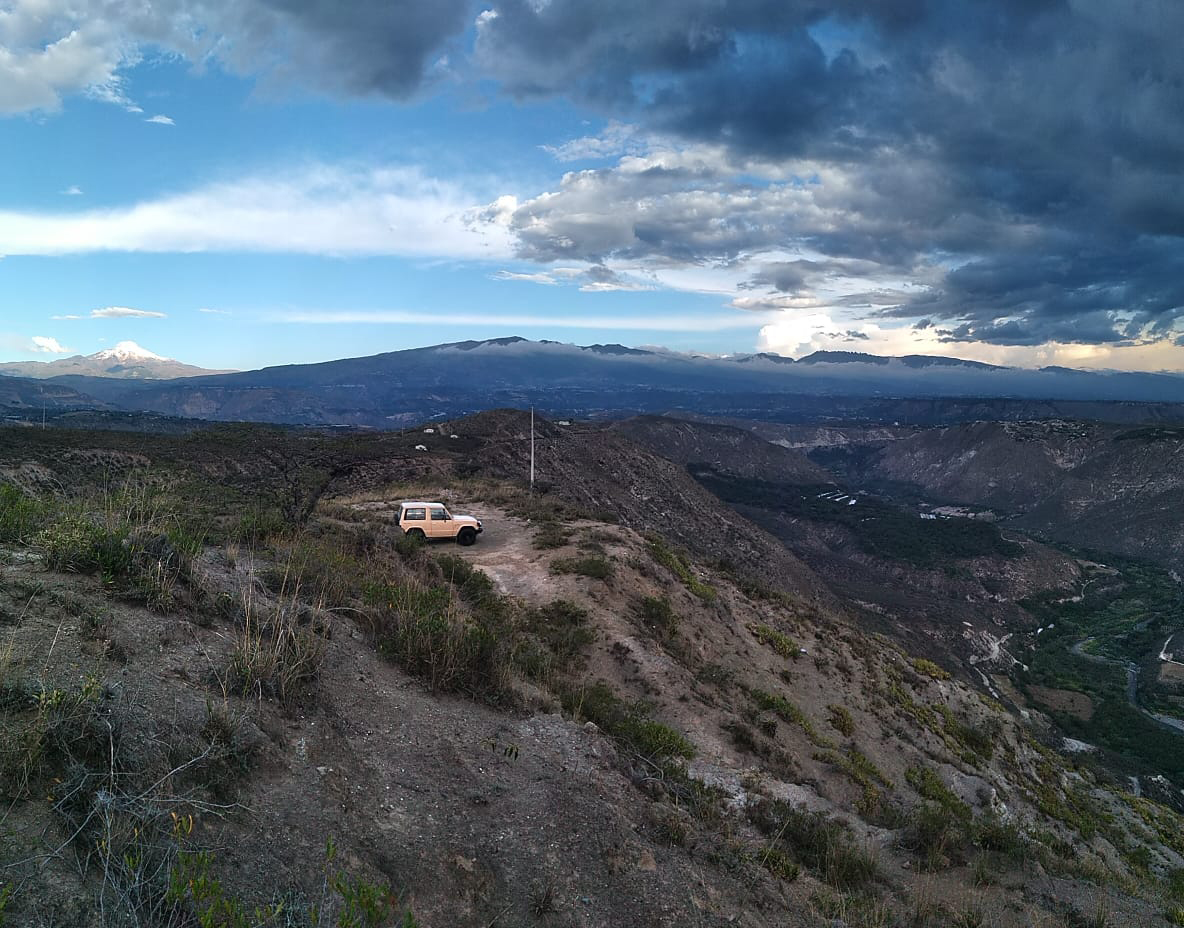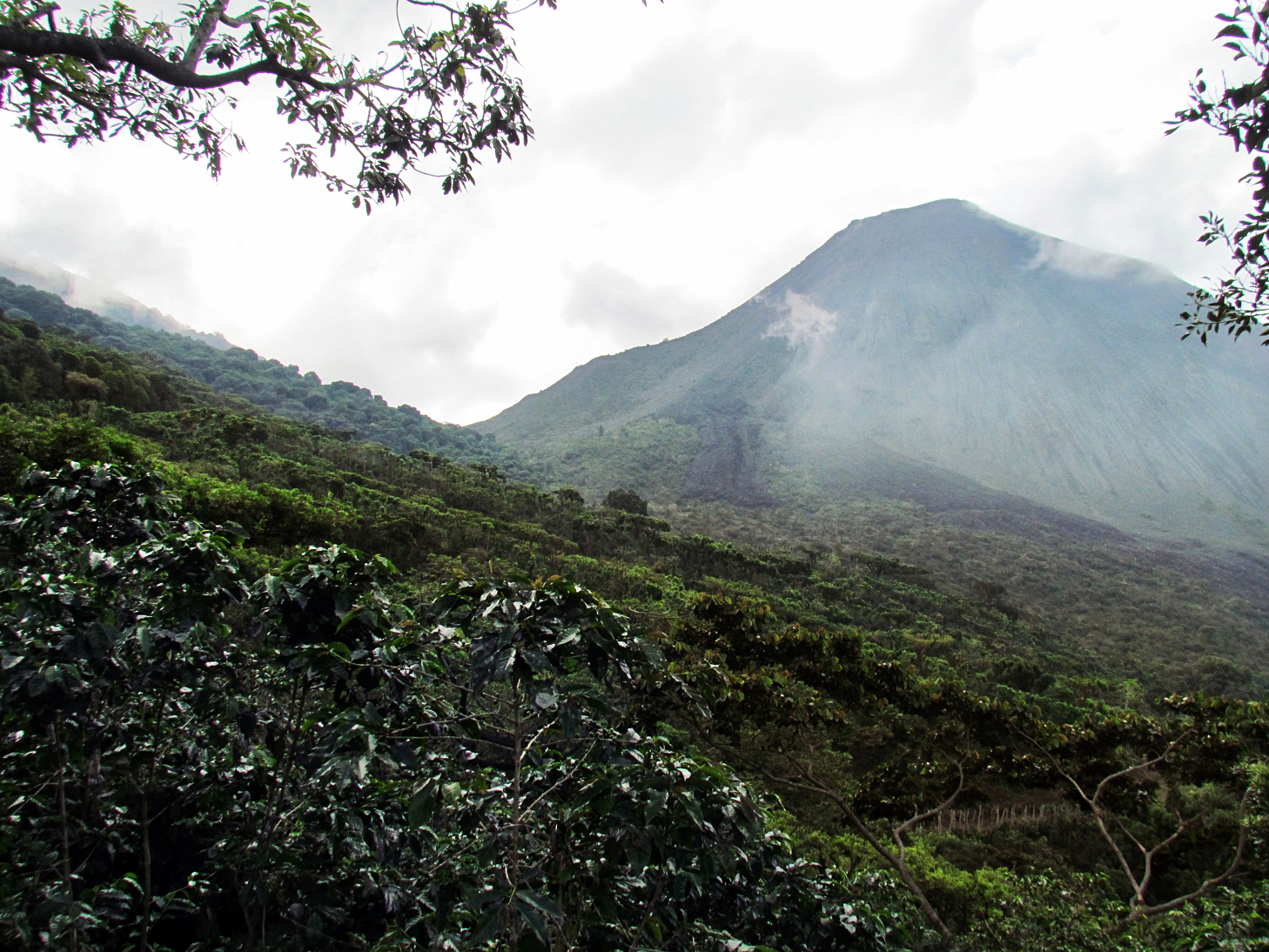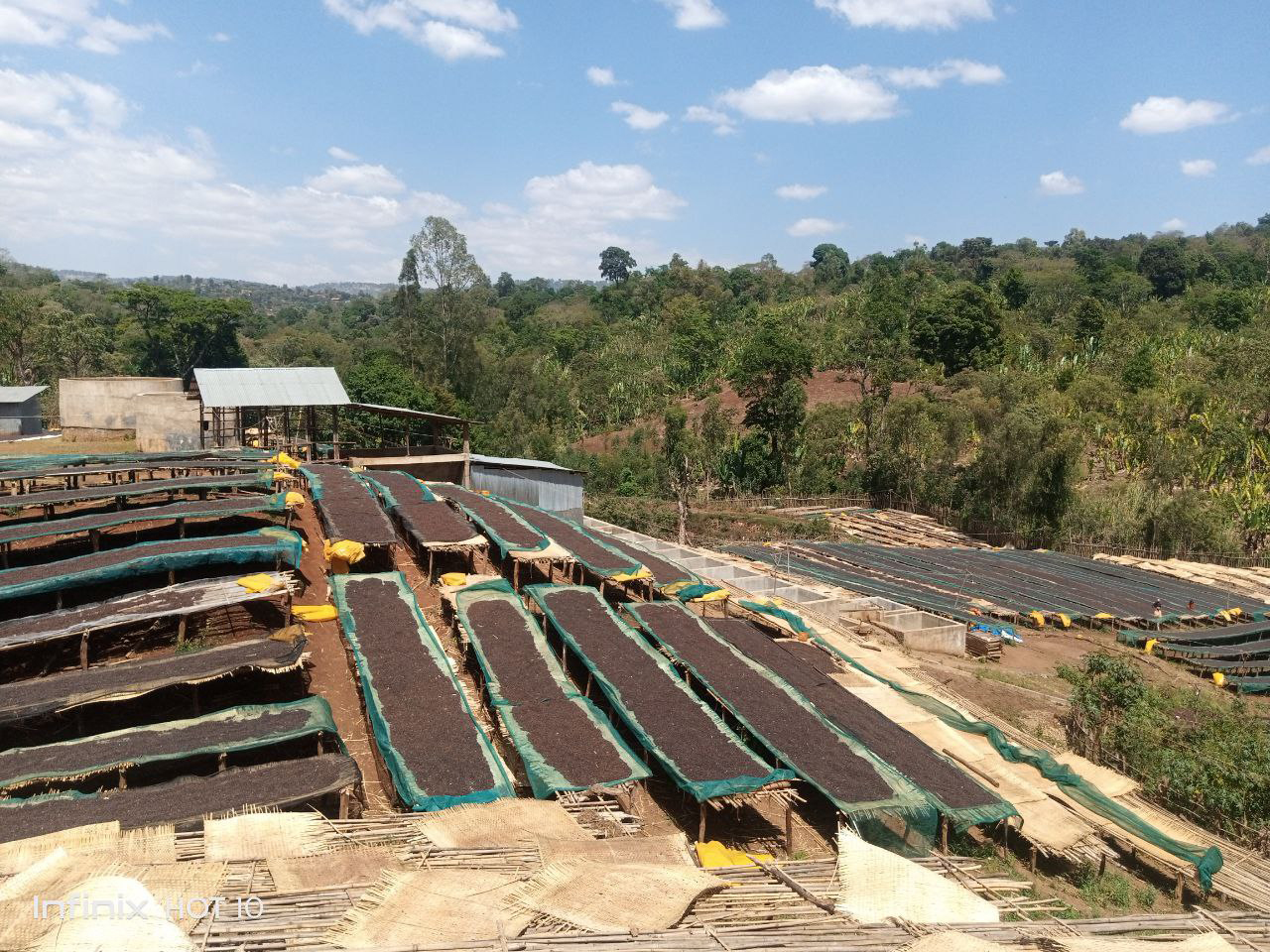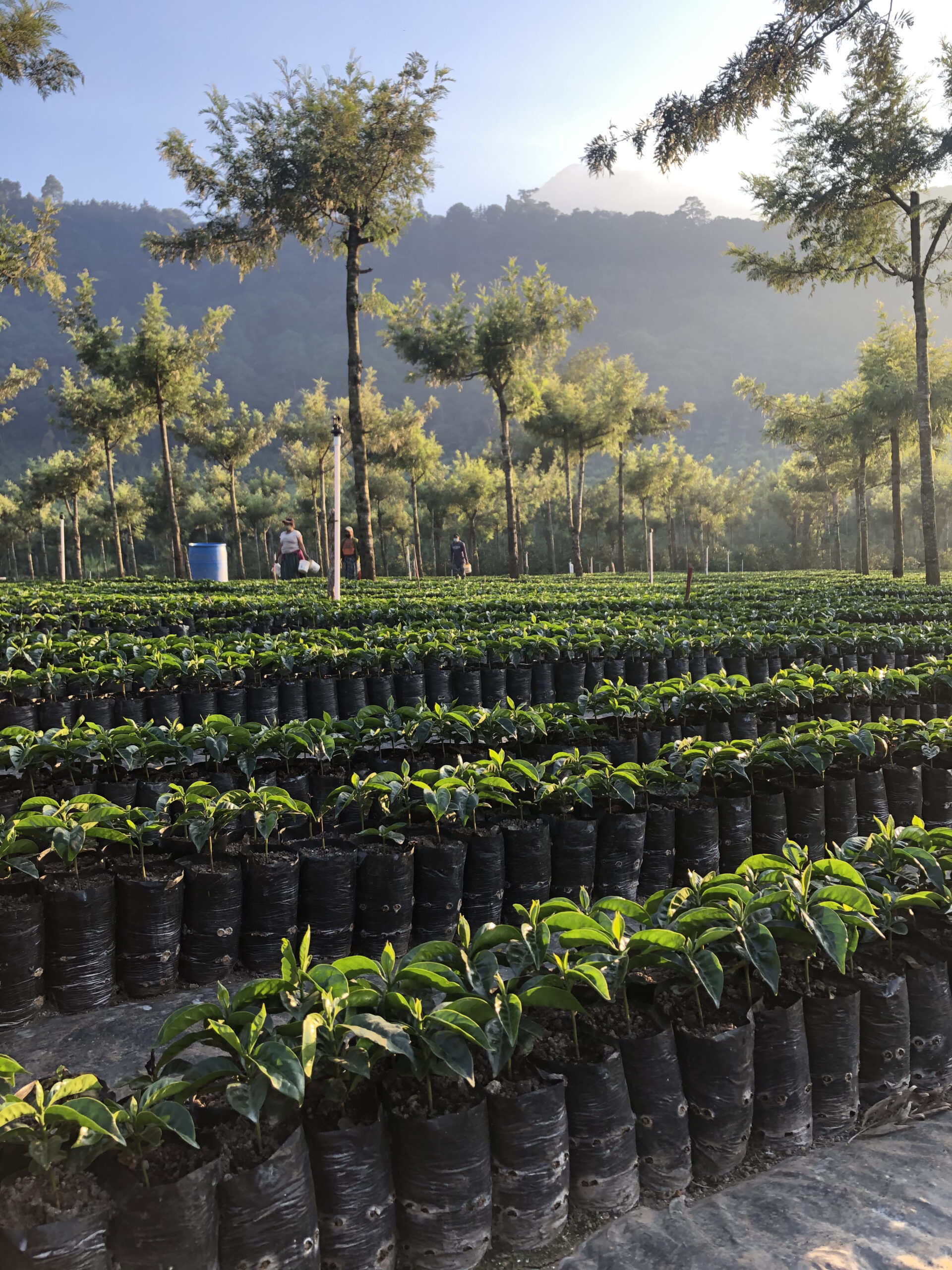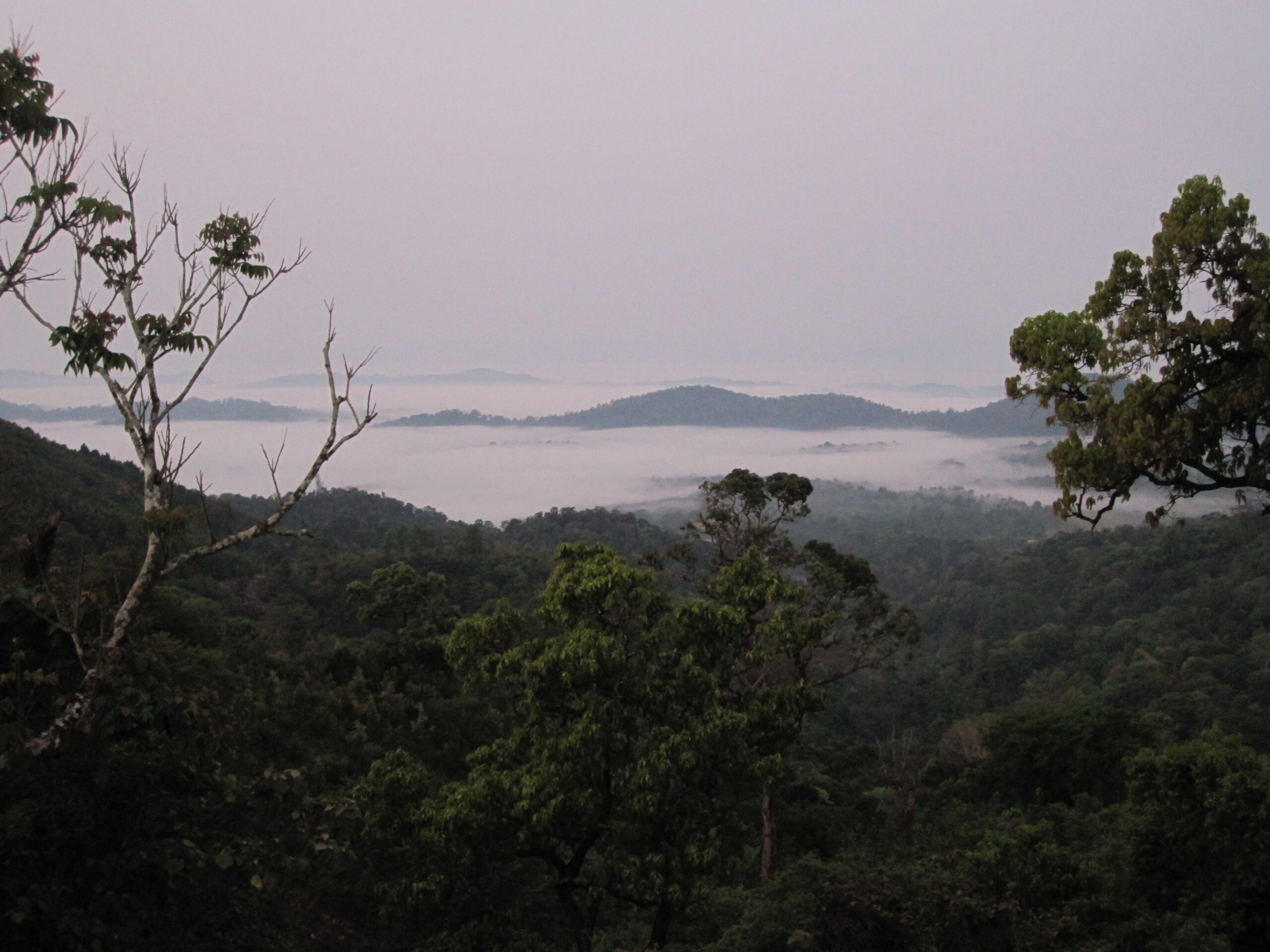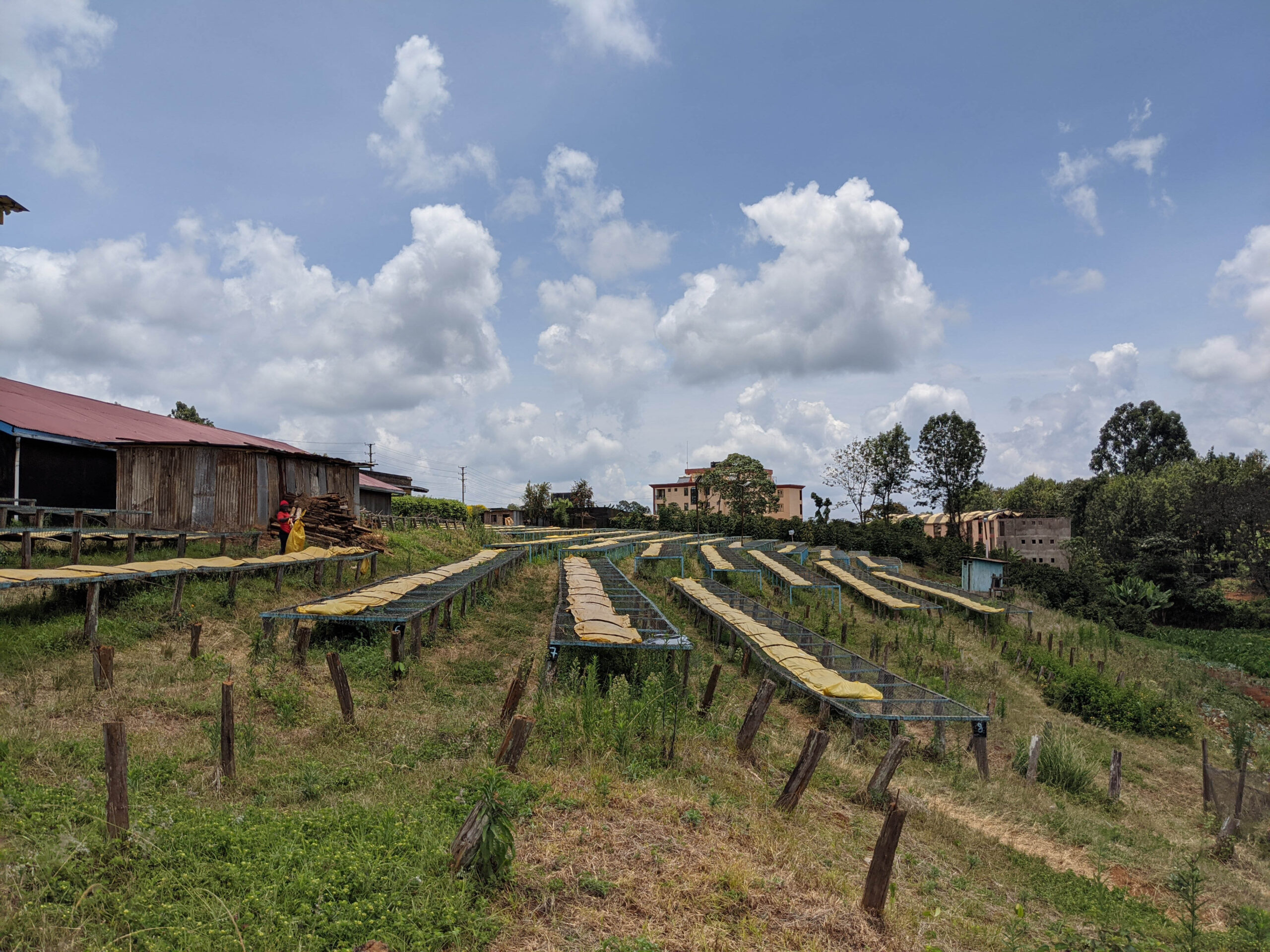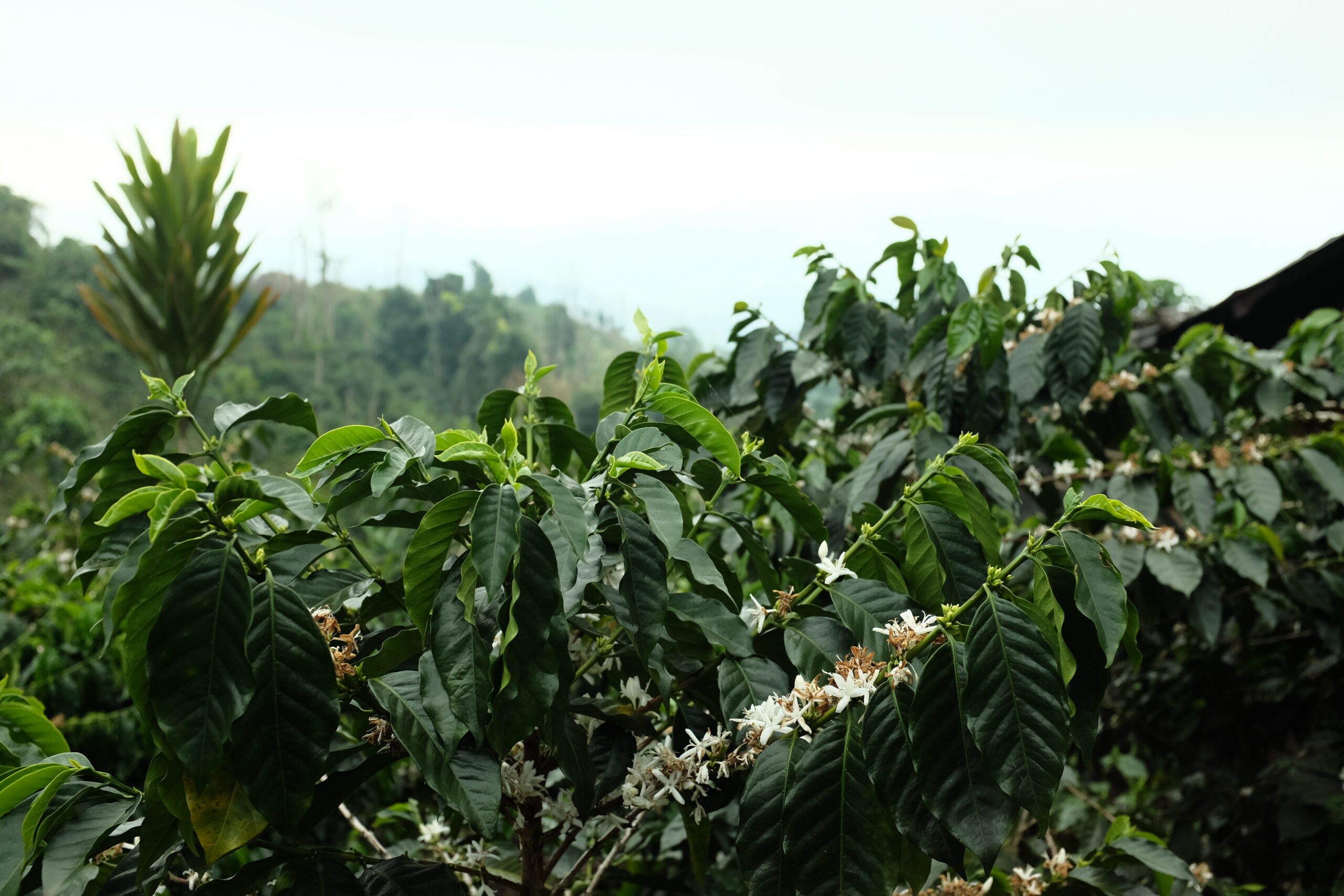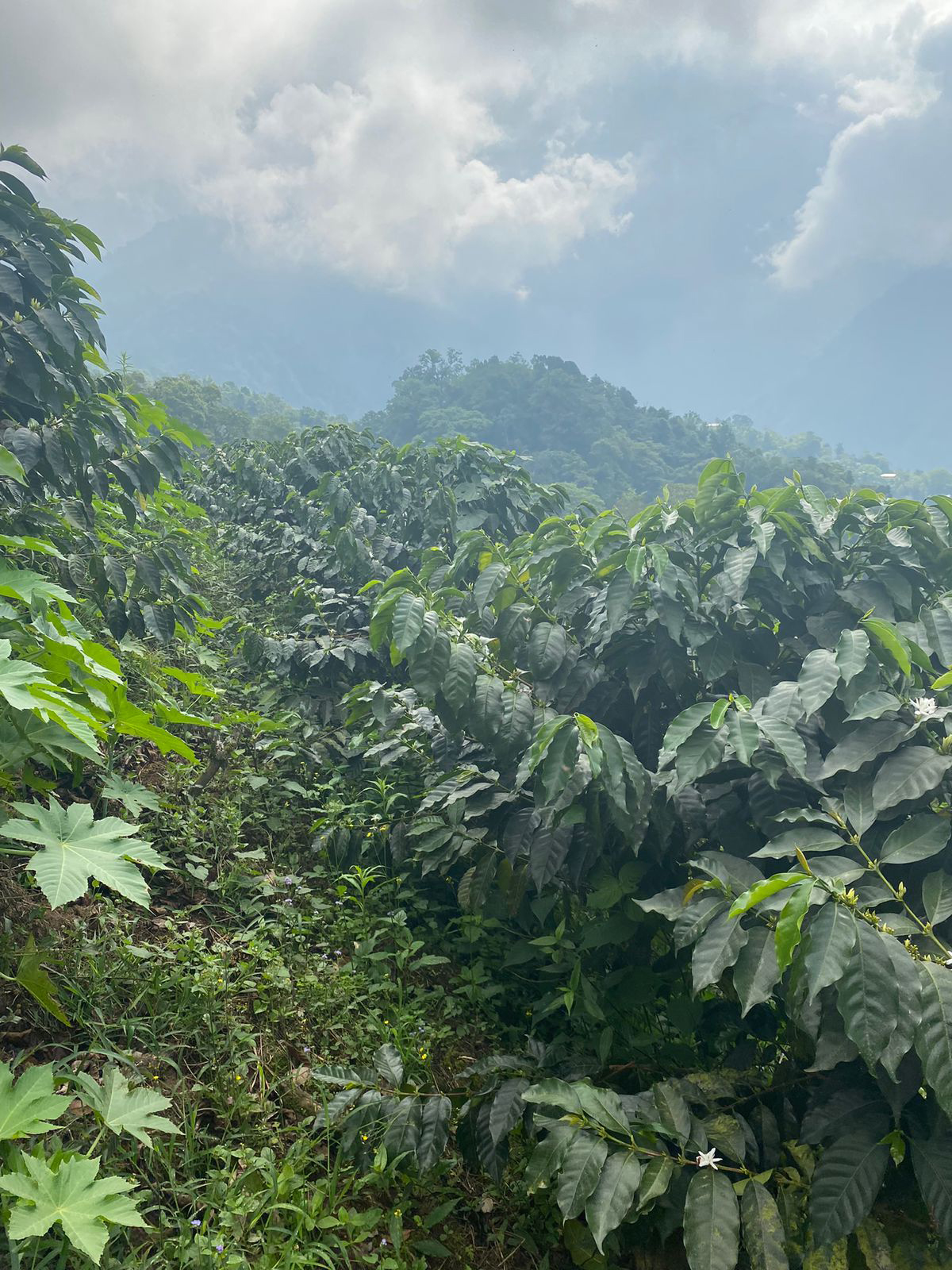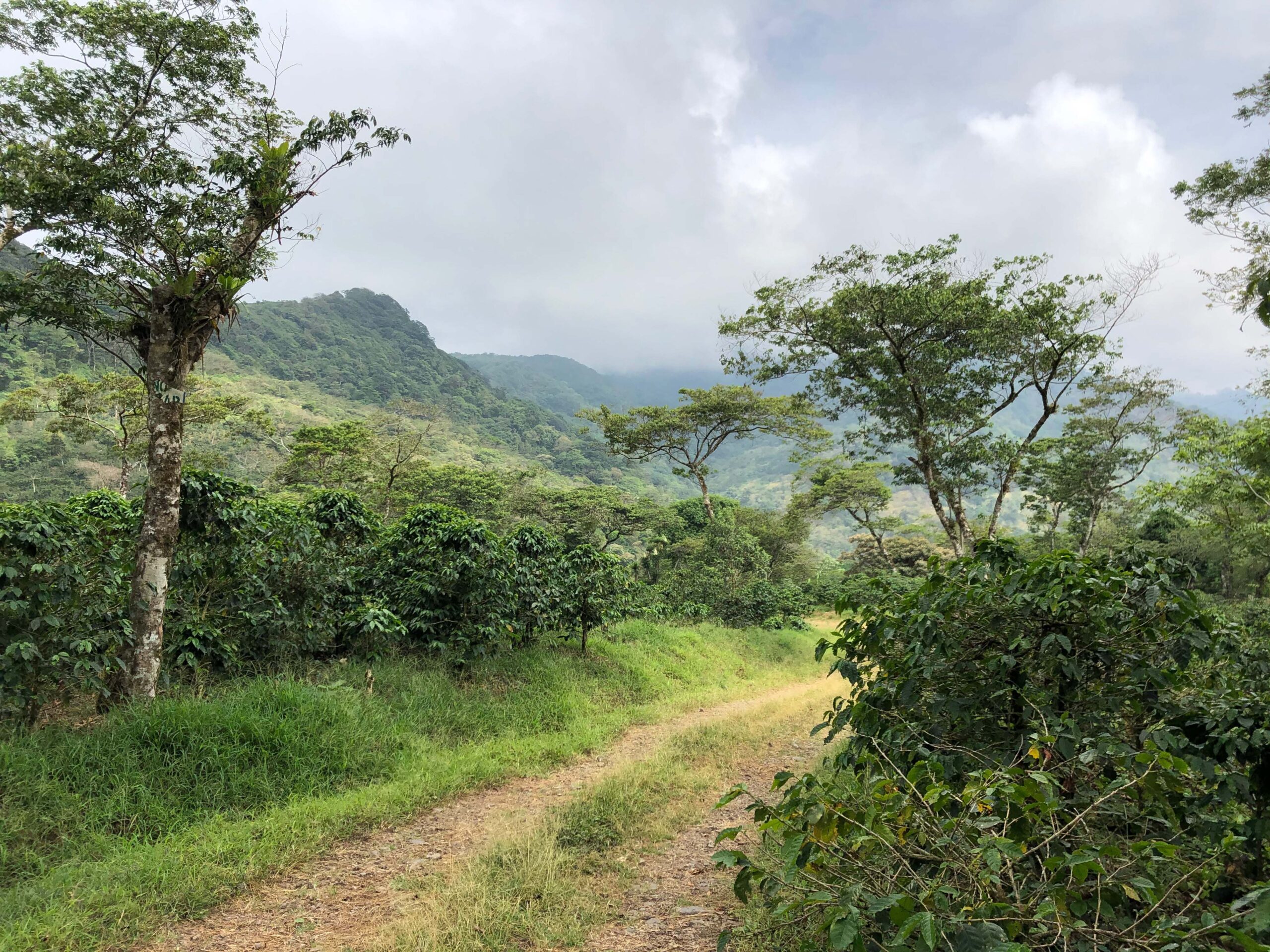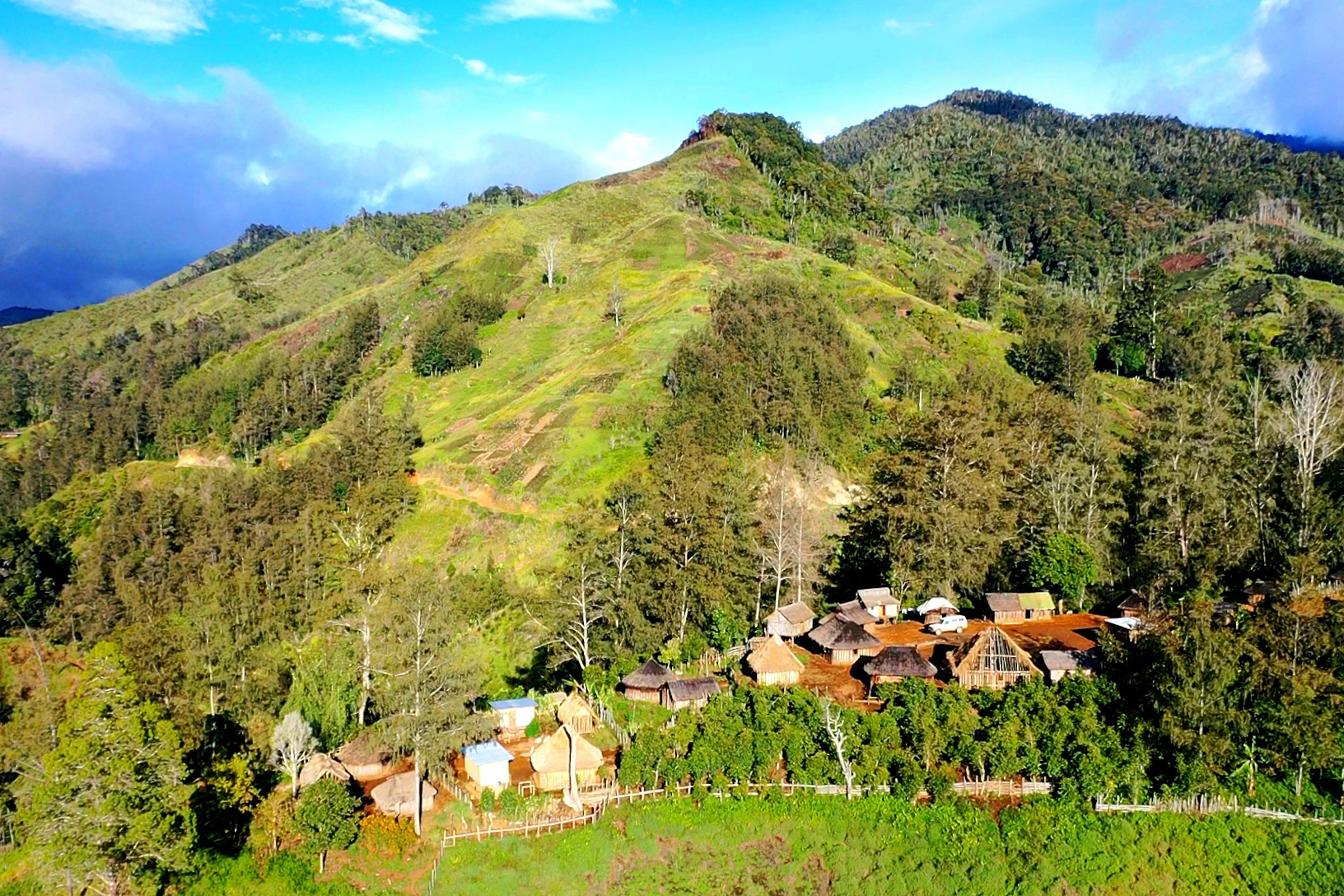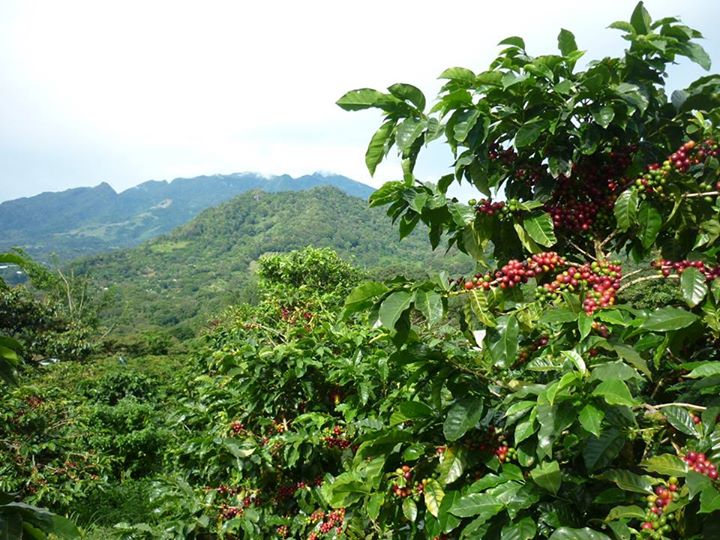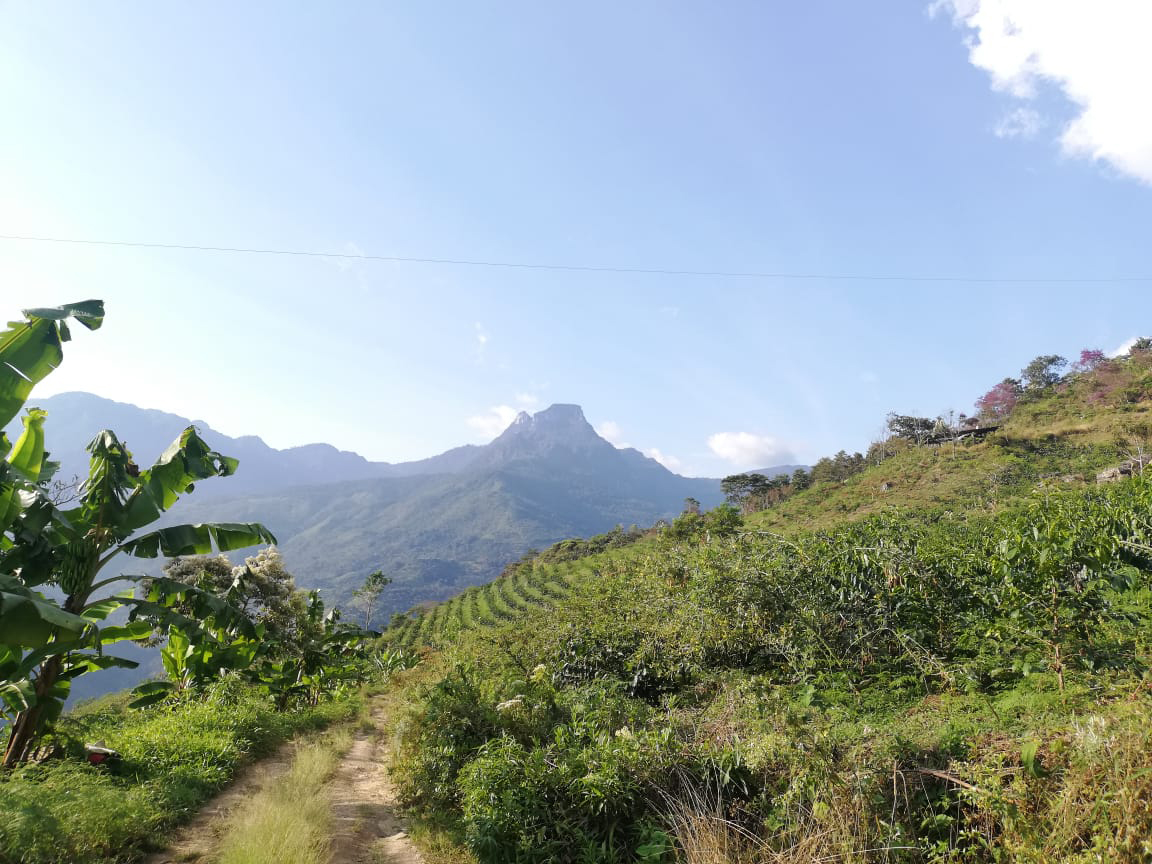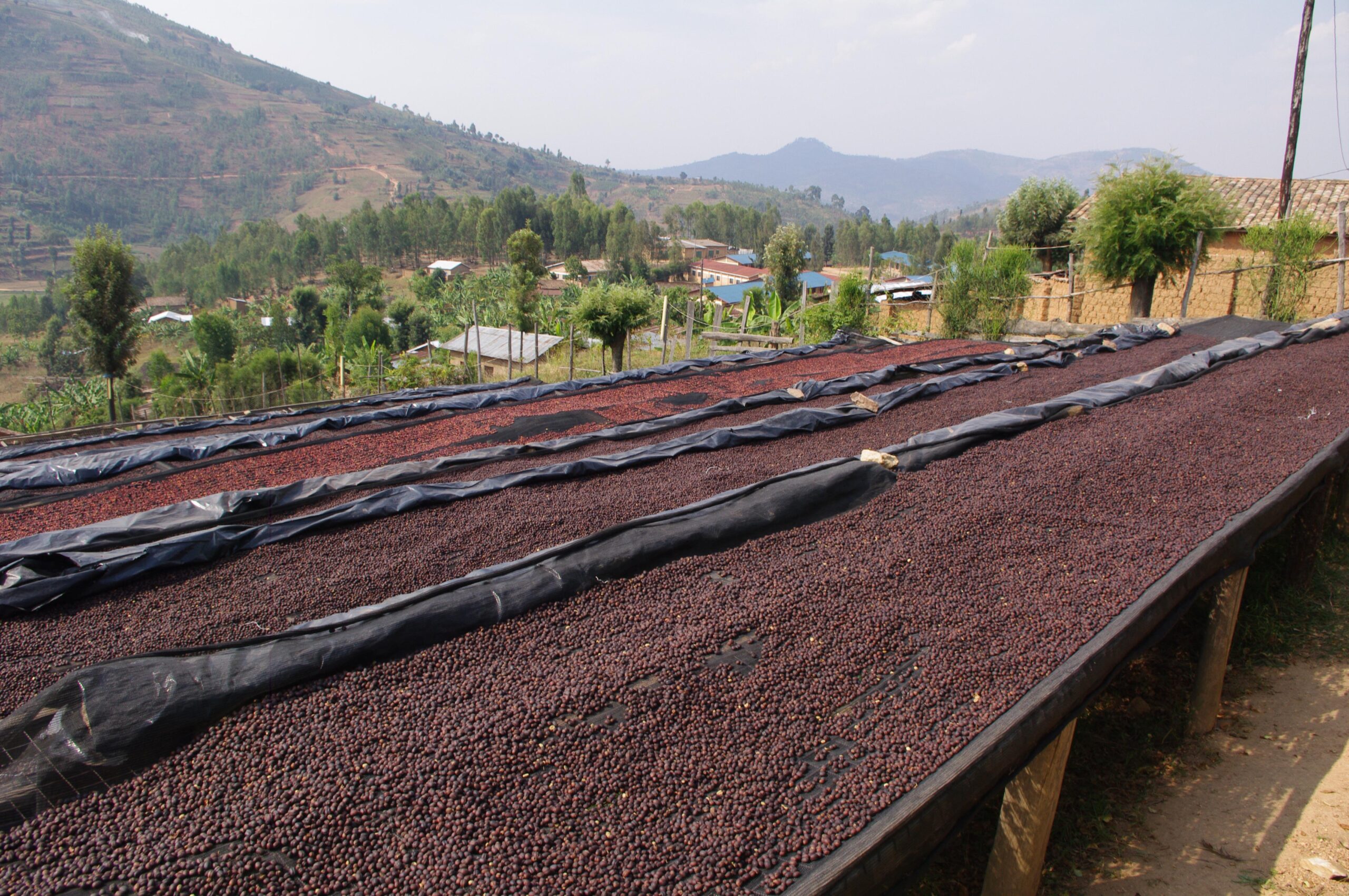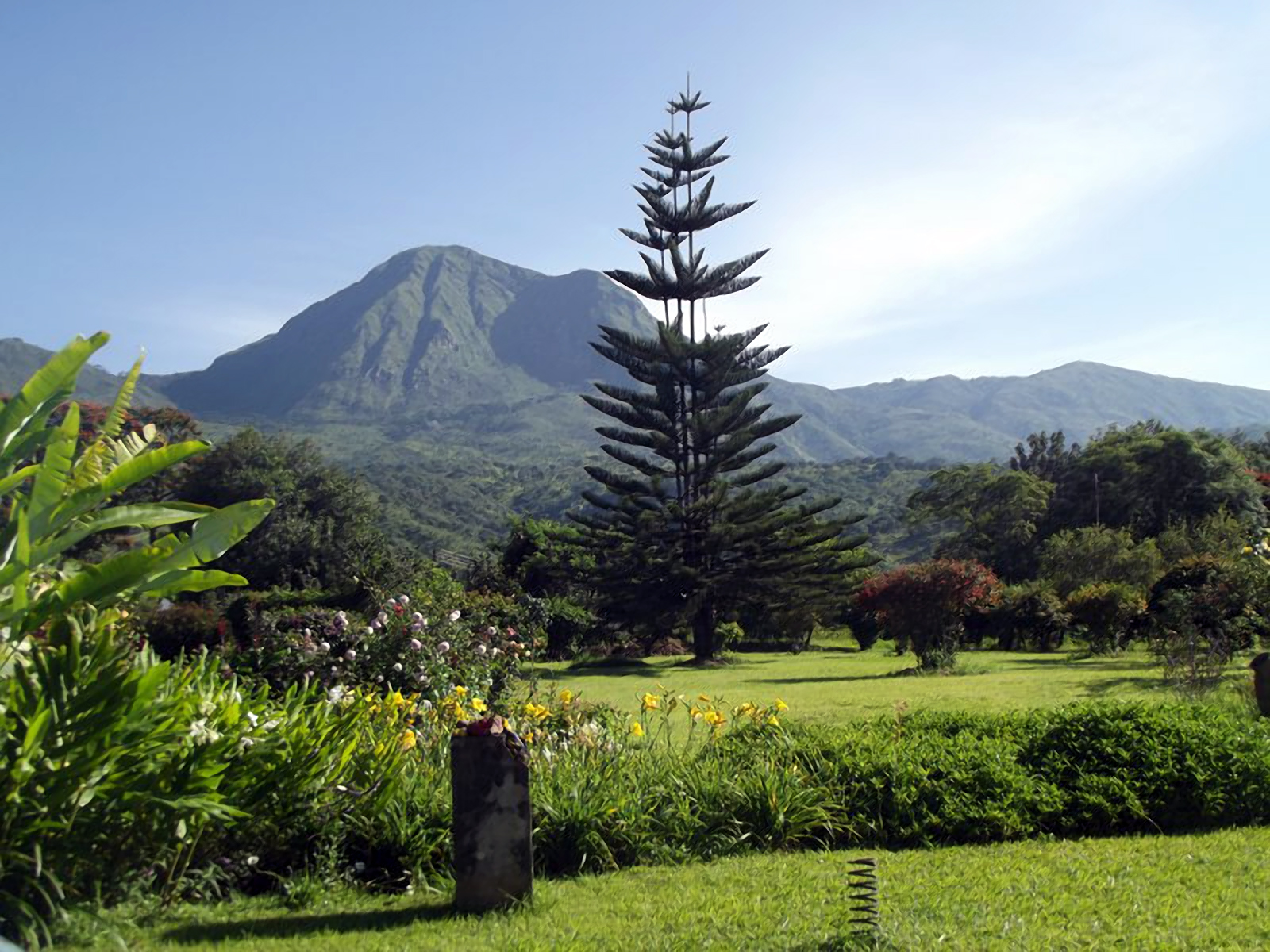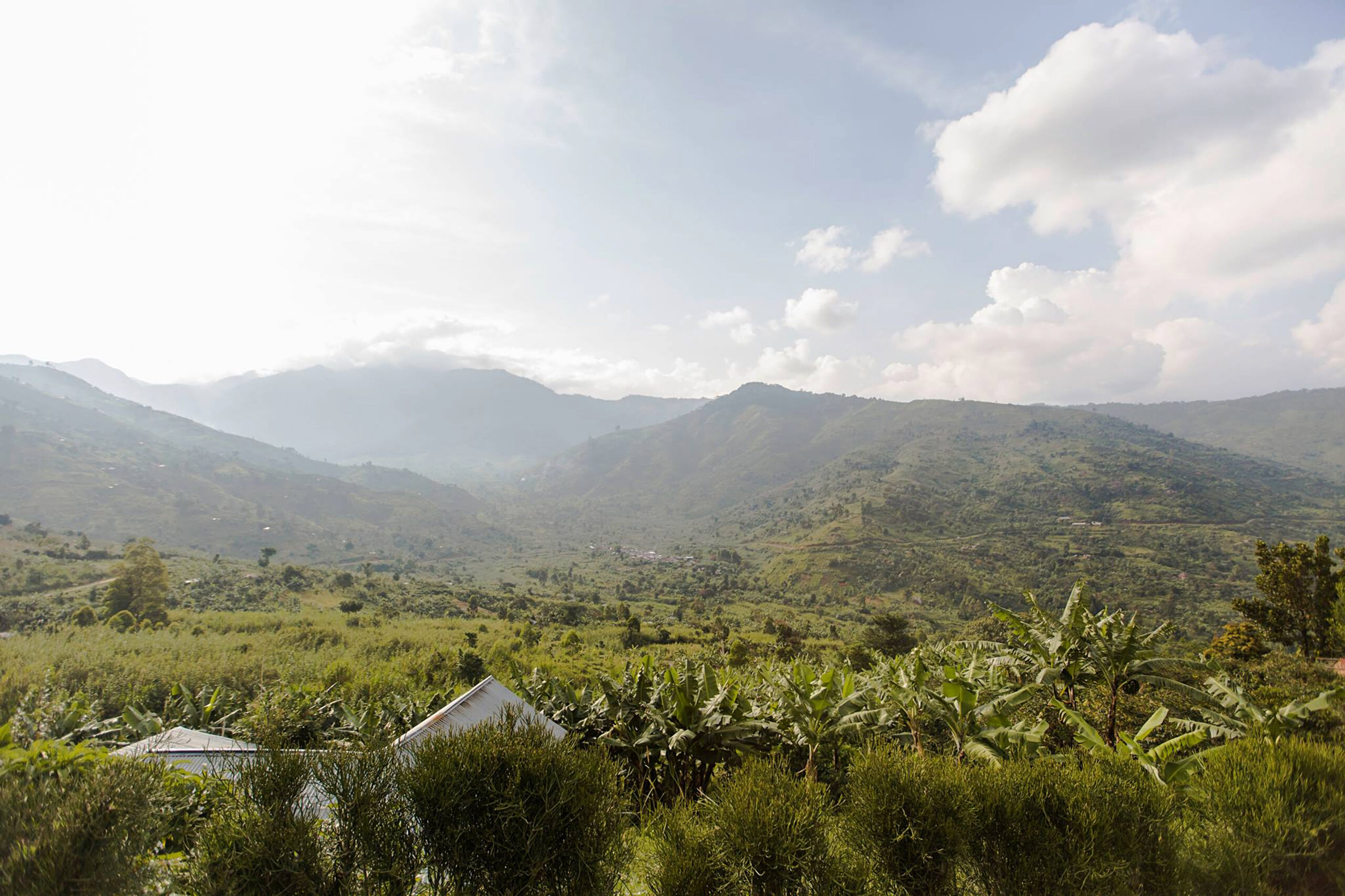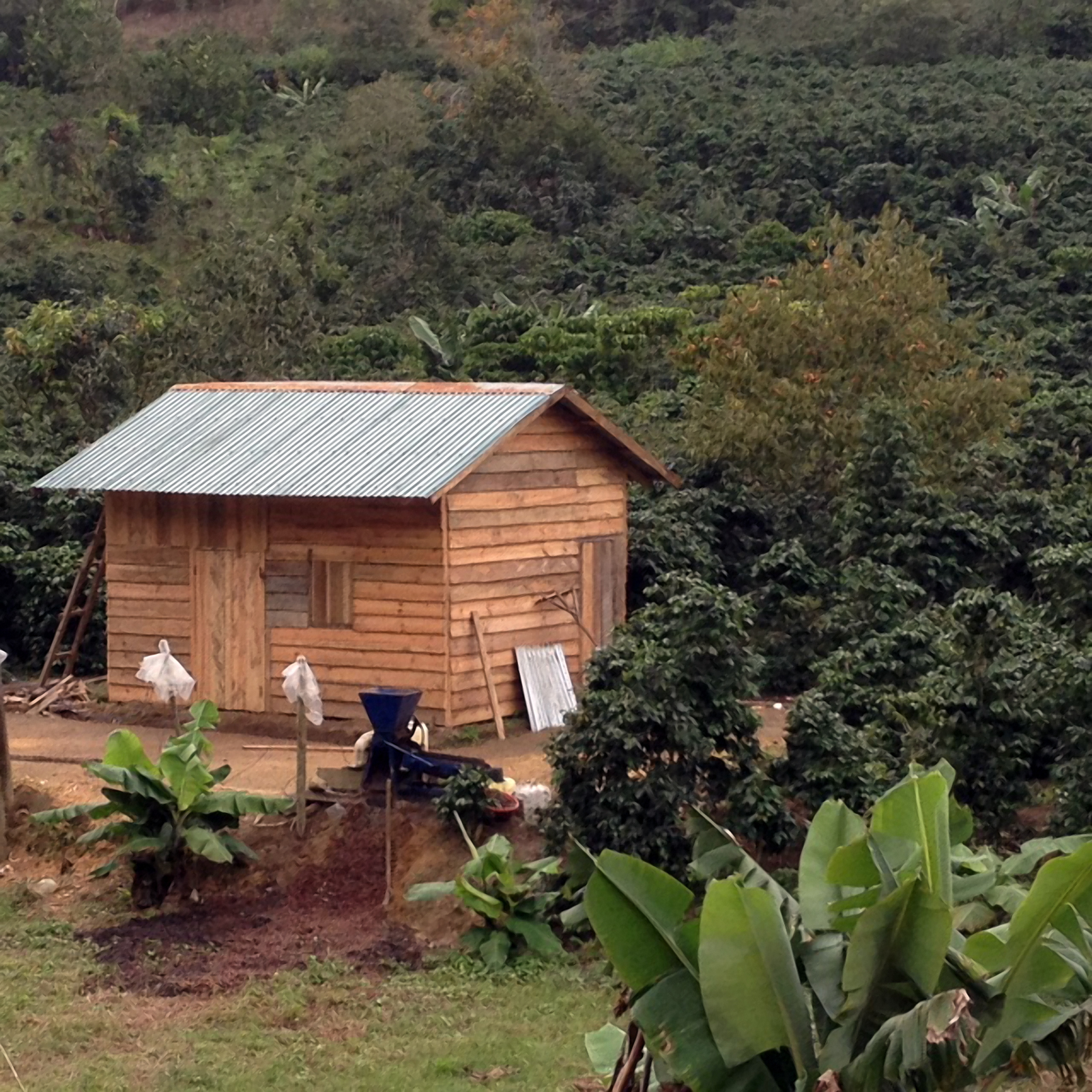Ecuador
The rich biodiverse regions of Ecuador allow for excellent coffee production.
The small biodiverse country in South America may not be known for producing high yields of coffee, but Ecuador maintains some of the richest soils to grow coffee. The crop was first introduced to Ecuador in 1860 by Spanish colonists in the Manabí Province of the Jipijapa Zone. To this day, this region is well-known for its Arabica production despite the low altitudes. Coffee production soon moved higher in the Andes Mountains, and thanks to the increased altitudes, the biodiverse ecosystems, and warm climates – quality and yield significantly improved.
-
Place In World For Coffee Exporter20th
-
Sacks (60kg) exported annuallyApprox: 506,000
-
Percentage of world coffee market31%
-
Other major agricultural exportsBananas, flowers, tropical fruits
-
Estimated number of families relying on coffee for livelihood?105,000
-
Typical varieties producedBourbon, Typica, Caturra, Sidra
-
Key coffee regionsManabí, Carchi, Loja, Zamora-Chinchipe, El Oro, Pichincha, and the Galapagos Islandsr
-
Typical harvest timesYear Round
-
Typically availableSeptember - October
Rise of Coffee
Thus, coffee farms spread throughout the country, and you could find coffee trees throughout 7 different regions: Manabí, Carchi, Loja, Zamora-Chinchipe, El Oro, Pichincha, and the Galapagos Islands. Thanks to the differing altitudes of these regions, the coffee cherries are able to slowly develop, creating a complex and balanced tasting profile.
As production rose, it grew diversified between Arabica and robusta. Coffee especially took off in the 1920s when the country’s leading export, cacao, became threatened by disease. Thanks to its proximity on the Equator, Ecuador experiences coffee harvests year-round.
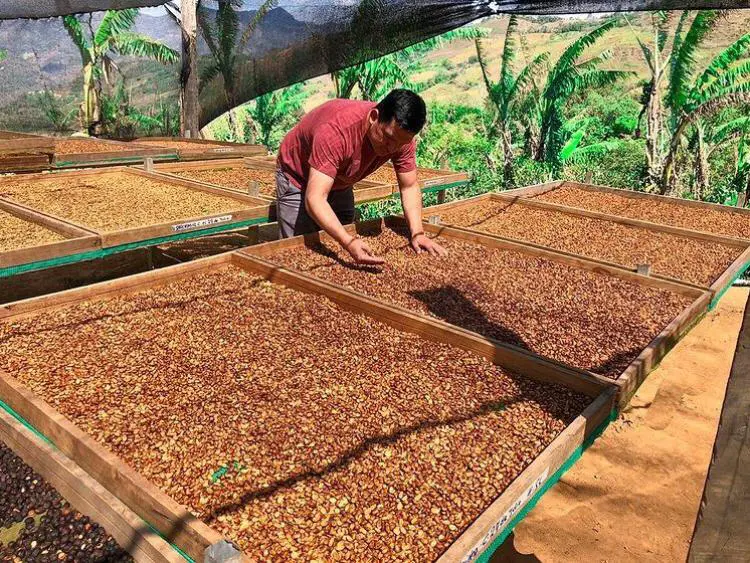

Drop in Production and Redemption
However, in the 1980s, due to low international prices for coffee, production slumped as producers veered towards other more profitable crops. Fields of coffee trees went unharvested due to high labor costs, and whilst processed coffee beans sat in containers, unable to be shipped. The country dedicated few resources and support to the coffee industry because a significant portion of Ecuador’s exports were based off of petroleum rather than agricultural products. Strangely, the country imports more coffee than it exports due to the high demand of the instant coffee industry in Ecuador.
Once the specialty demands increased in the neighboring countries of Colombia and Peru – producers in Ecuador grew interested and discovered ways to begin producing higher quality coffees. Selective harvesting and improved processing significantly improved the quality of the coffee in Ecuador and placed them on the specialty map of the world.
The Cup of Excellence competition finally hit Ecuador in 2021 and helped shine light on the hard work of coffee producers throughout the country. Producers are beginning to seek ways to continue improving yields and quality to maintain production in the delicate and changing climates.
More Locations
